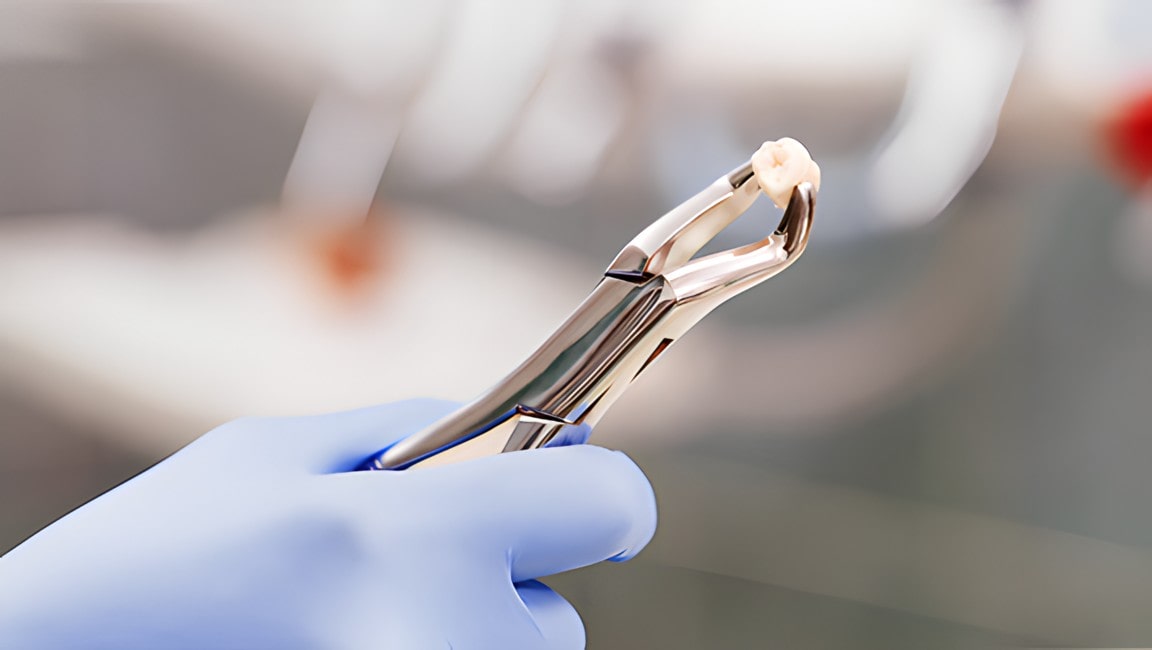Extractions

We like to think that our teeth will last a lifetime. They might, but sometimes we have to have a tooth pulled. Your teeth help you eat and they even define the shape of your face, so it’s understandable that we don’t look forward to dental extractions.
Regular cleanings and exams will help keep your teeth healthy, but your dentist may recommend that you have a tooth pulled because of:
- Severe decay or infection
- Advanced periodontal (gum) disease
- A tooth that is broken in a way that can’t be repaired by a filling or a crown
- A crowded mouth—often to prepare you for braces
- Impacted wisdom teeth
What happens during an extraction?
Your dentist can extract your tooth quickly and painlessly while keeping you comfortable. He or she will give you either a local anesthetic that numbs the area around the tooth that will be pulled or a general anesthetic that puts you to sleep. The choice depends on the condition and location of the tooth involved and your tolerance for the procedure.
If the tooth has grown in straight, the dentist can remove it quickly. If the tooth is badly decayed, impacted, or below the gum line, your dentist will cut the gum to reach the tooth. Sometimes, bone or tissue must be cut or even the tooth may need to be cut up and removed in pieces. For more involved extractions, the dentist may need to use stitches.
After the procedure
After the extraction, your mouth may be sore and swollen for a few days. You’ll be on a diet of soft foods such as yogurt, ice cream, flavored gelatin, etc. Over-the-counter or prescription pain medications can relieve discomfort and an ice pack can reduce the swelling. Taking pain medication before the anesthetic wears off is often helpful in preventing pain from starting.
Sometimes, pulling teeth is necessary to improve your dental or physical health, but the loss doesn’t have to be permanent unless the tooth pulled is a wisdom tooth or is removed to prepare for braces. Your dentist will offer some options for replacing your tooth that will have you smiling again.